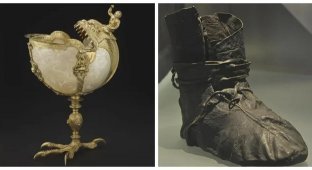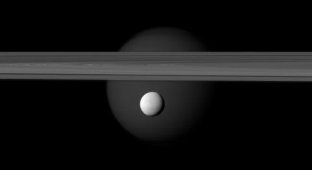A pea jester, a lunar Warhol and thrifty alligators: 10 facts that will make you rethink history (11 photos)
The world is full of strange stories that sound like fiction, but turn out to be true. 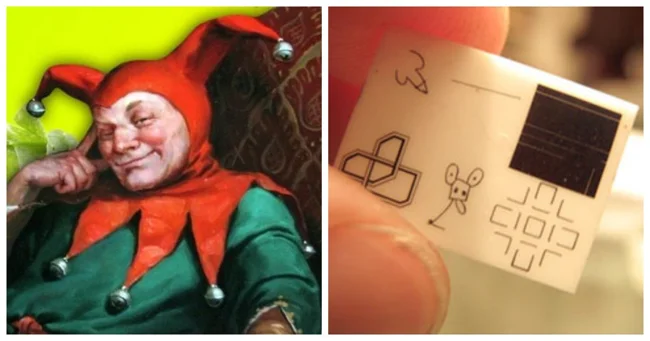
Paintings hidden on the moon, chameleon carrots, and thrifty alligators are not connected. But it only seems that way. They are united by strangeness and reality, as well as several more unexpected but interesting facts from different fields of knowledge.
1. Babies Who Don't Feel Pain 
Back in 1985, doctors believed that babies didn't feel pain and performed open-heart surgery without anesthesia.
2. Canned Goods Lover 
Alligators' teeth aren't as sharp as other predators' because they're designed for crushing, not chewing. When their prey is too big to swallow whole, they'll hide the carcasses away, ready to eat once the meat has softened a bit and the pieces are easier to tear off.
3. Unique Vision 
Eagles have approximately 20/4 vision, meaning they can see an object 20 feet (6 meters) away as clearly as a person with perfect vision can see at 4 feet (1.2 meters). The birds also see ultraviolet light, allowing them to spot rodent urine (which reflects UV light), track the blood of wounded prey, and find ripe berries and fruits, which reflect UV differently.
4. It's Never Drier 
The driest place on Earth is in Antarctica, in an area called the McMurdo Dry Valleys, where there has been no rain for nearly 2 million years.
5. Another Jackson 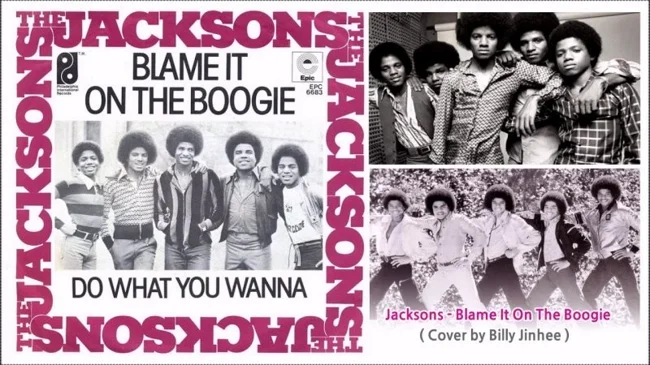
The popular single by The Jacksons "Blame It on the Boogie" is often associated with Michael Jackson, but in fact, its author was another Michael Jackson - a little-known British singer. The English Michael Jackson wrote the track in 1977 together with musicians Mick Jackson and David Van Dyke.
The publisher, without the author's consent, exhibited the song at the MIDEM music fair, where it was accidentally heard by the manager of The Jacksons. The group recorded their version, and in 1978, both singles were released almost simultaneously. The British Jackson's version reached number 15 in the UK Singles Chart. The Jacksons' version rose to number 8. The singer remained in the shadow of his famous namesake. After this hit, he did not achieve any noticeable success and did not appear in the charts anymore.
6. The Third Man Phenomenon 
In extreme situations (during crashes, in the mountains, on the brink of life and death), people often feel the invisible presence of someone nearby who leads them to salvation. The phenomenon has been described in polar explorers, climbers and disaster survivors. Scientists associate this with brain hypoxia or the work of the right hemisphere, but eyewitnesses themselves believe in guardian angels.
7. The Literary Ghost 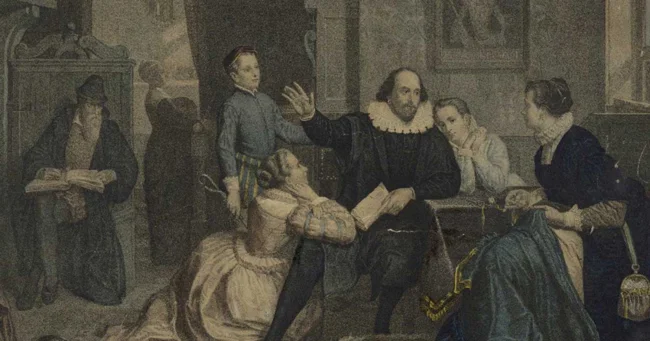
In the 1750s, a London auction house sold the manuscript of a Shakespeare play called Cardenio, supposedly a lost adaptation of Don Quixote. The buyer paid 80 pounds (a huge amount of money at the time), but the text disappeared without a trace. In 1613, Shakespeare's troupe actually performed Cardenio. In 1727, publisher Lewis Theobald claimed to have restored the play, but most scholars believe it was a forgery. In 2010, a new version was discovered with Shakespeare's notes, but its authenticity is still disputed.
8. Pea Jester and its connection with legumes 
Even in ancient times, comedians and jesters had an unusual attribute - a rattle made from a bull's bladder filled with peas. In Ancient Rome, mimes used such rattles, and in the Middle Ages, wandering actors hit each other and the audience with them for comic effect.
When this tradition reached Rus', buffoons began to add another detail to the image - hats or costumes decorated with pea stalks. This is how the nickname "pea jester" appeared, which later became a catchphrase.
9. Earth Art on the Moon 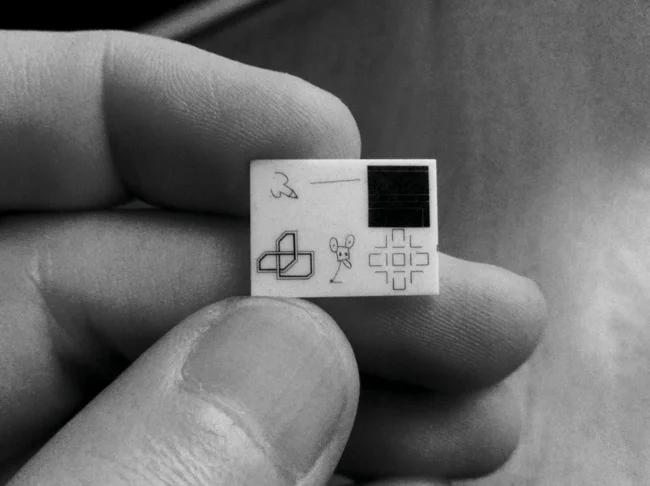
In 1969, astronauts left a miniature ceramic plate on the Moon with six drawings by modern artists, including Andy Warhol. This "museum" the size of a postage stamp still lies in the Ocean of Storms. NASA did not officially advertise the art action. Warhol depicted his initials as a phallic symbol.
10. A Root Vegetable, But Not That One 
Until the 17th century, carrots were mostly purple, yellow or white. The orange variety was developed by Dutch breeders in honor of William of Orange, the national hero of the Netherlands.




















